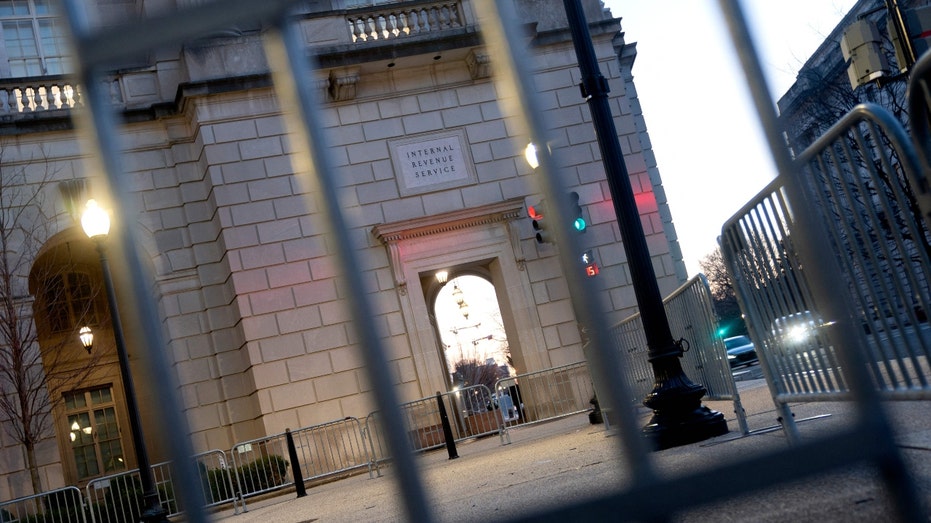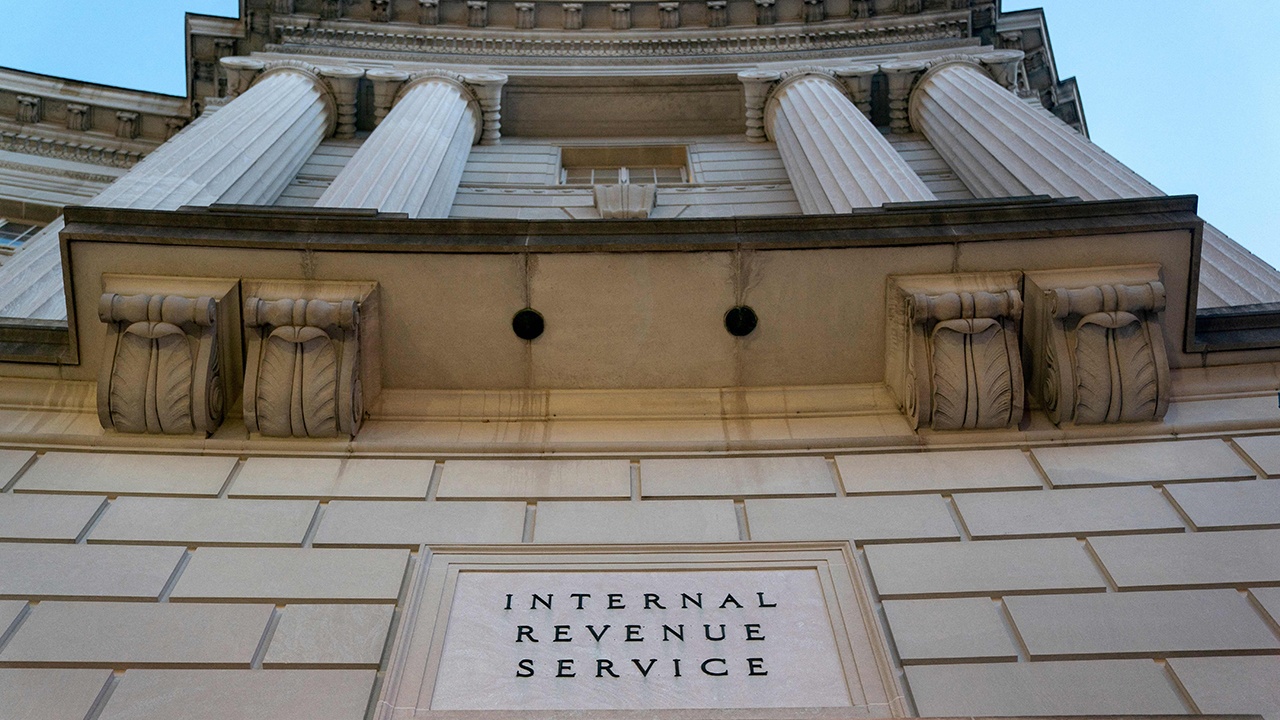Higher contribution limits are coming for 401(k)s and IRAs next year
Americans can save more for retirement next year thanks to higher 401(k), IRA contribution limits
Retirement accounts lose trillions in stock rut
Stock market declines from the beginning of the year have amounted to trillions in losses for retirement accounts, and Americans are feeling the pain.
Americans can set aside more money for retirement in their 401(k) and other tax-deferred plans next year as they continue to battle still-high inflation.
Beginning in 2024, workers will be allowed to contribute up to $23,000 to their 401(k), an increase of $500 from this year. The increase applies to other retirement savings accounts, including the 403(b) plan, most 457 plans and the federal government's Thrift Savings Plan.
Catch-up contributions for savers age 50 and older will remain unchanged at $7,500.
US RETIREMENT SYSTEM EARNS JUST A C+ IN GLOBAL STUDY
The IRS also boosted the contribution maximums for IRAs and lifted the limit to $7,000 for 2024, up from $6,500 in 2022. The catch-up contribution amount for IRAs will stay at $1,000.

View of the Internal Revenue Service building in Washington, D.C., on Jan. 24, 2023. (STEFANI REYNOLDS/AFP via Getty Images / Getty Images)
The IRS makes such cost-of-living adjustments annually, but in times of high inflation, the increases are more significant and impactful for taxpayers.
Just a fraction of people — about 8.5% — who contribute to a retirement account hit the maximum in 2018, according to a recent Congressional Research Service report.
SOCIAL SECURITY BENEFITS TO RECEIVE 3.2% PAY BUMP NEXT YEAR: SEE HOW MUCH MONEY YOU COULD RECEIVE
Under the latest changes, more Americans could qualify for Roth IRAs, which tax contributions upfront, allowing individuals to grow their investment earnings tax-free (unless the money is withdrawn before an individual is 59½ years old).

A couple review their finances at home. (iStock / iStock)
The newest income phaseout from the IRS will rise to a range of $146,000 to $161,000 for individuals and heads of households, up from between $138,000 and $153,000 in 2023. The phaseout will climb to $230,000 to $240,000 for married couples who are filing jointly, an increase from the previous range of $218,000 to $228,000.
One in four Americans has no retirement savings, according to a recent report from PwC, a professional services network. It reports that U.S. households with individuals between the ages of 25 and 64 have a massive retirement savings deficit, with a total of $3.68 trillion less in savings than they should have in order to be prepared.
GET FOX BUSINESS ON THE GO BY CLICKING HERE
Federal Reserve research suggests that the median retirement account balance in the U.S. was just $65,000 in 2019.





















